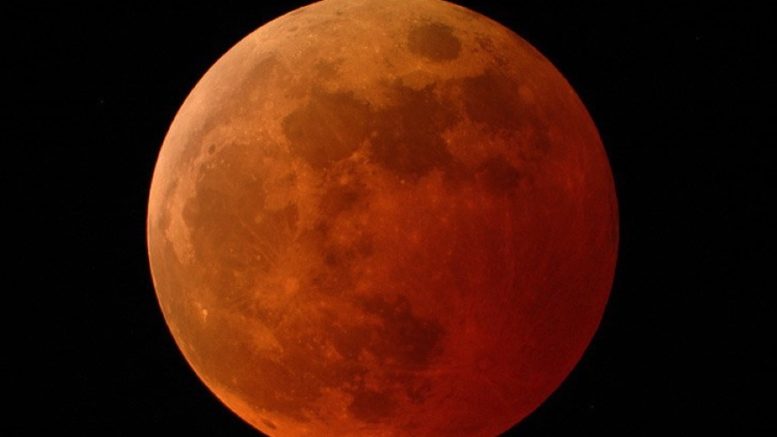What happens when a supermoon and lunar eclipse collide? How rare is it and is there anything special? Come find out!
As discussed in another article, a supermoon “is a full moon or a new moon that nearly coincides with perigee, resulting in a slightly larger-than-usual apparent size of the lunar disk as viewed from Earth.” Please note that there isn’t an official astronomical definition, so that’s what we will use.
Per NASA, a “lunar eclipse is occur at the full moon phase. When Earth is positioned precisely between the Moon and Sun, Earth’s shadow falls upon the surface of the Moon, dimming it and sometimes turning the lunar surface a striking red over the course of a few hours. Each lunar eclipse is visible from half of Earth.”
A total lunar eclipse can be seen from any given location, on average, once every 2.5 years. This is because the number of total lunar eclipses that occur each year ranges from 0 to 3. This is much more common than a total solar eclipse, which sees any point on Earth may on the average experience no more than one total solar eclipse in three to four centuries.
Supermoons only happen 3 to 4 times a year, and always appear consecutively. Throughout most of Earth’s orbit around the sun, perigee and the full moon do not overlap. Micromoons on the other hand
Knowing this, one can say that the chances of seeing a total lunar eclipse being a supermoon or micromoon are rare. How rare? Well, there will be 230 lunar eclipses in the 21st century, 2001 to 2100, and here are the breakdowns: 87 penumbral, 58 partial, and 85 total. Of the are 87 total lunar eclipses, of which 28 are supermoons and 6 are micromoons, which is 32.18% of total lunar eclipses being super moons and 6.89% being micro-moons.
As of this writing, those looking to view a superman eclipse will have to wait for October 8, 2033, which will be the first supermoon lunar eclipse by all definitions since May 26, 2021. That is unlike the May 16 in 2022 lunar eclipse, which was defined by only some as taking place during a supermoon.
Make sure to follow us on Twitter and Instagram, and make sure to view our other material, such as unique astronomy sites for unique places to view astronomy in the Pacific Northwest and cool articles like this.

Be the first to comment on "Supermoon Lunar Eclipses: How Rare? How Often?"